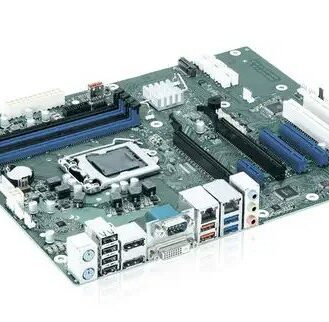
INDEVA AGV
AGV stands for Automated Guided Vehicle. They are autonomous driverless vehicles that follow a planned route using various types of guiding technology such as:
- magnetic strips
- marked lines
- tracks
- lasers
- a camera (visual guiding)
- GPS
An AGV is powered by a battery and equipped with safety protection as well as various auxiliary mechanisms (such as load removal and mounting).
Its main purpose is to transport materials (products, pallets, boxes, etc.). It can also lift and pile loads over a long distance.
AGVs are often used inside (factories, warehouses) but can also be used outside. Amazon is known for using entire fleets of AGVs in its warehouses.
AGV and AGV system
An AGV system is a complete logistics solution that brings together all the technology that allows the AGV to move properly. It includes:
- solution elements: load handling, load transport, feed order and safety;
- technological elements: traffic control, navigation, communication, control of load handling devices and safety system.










